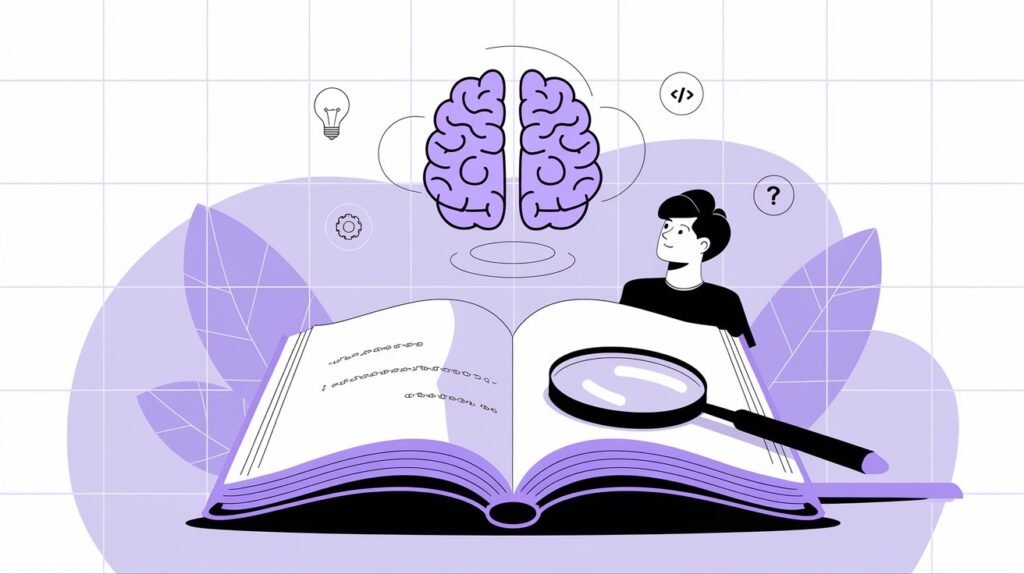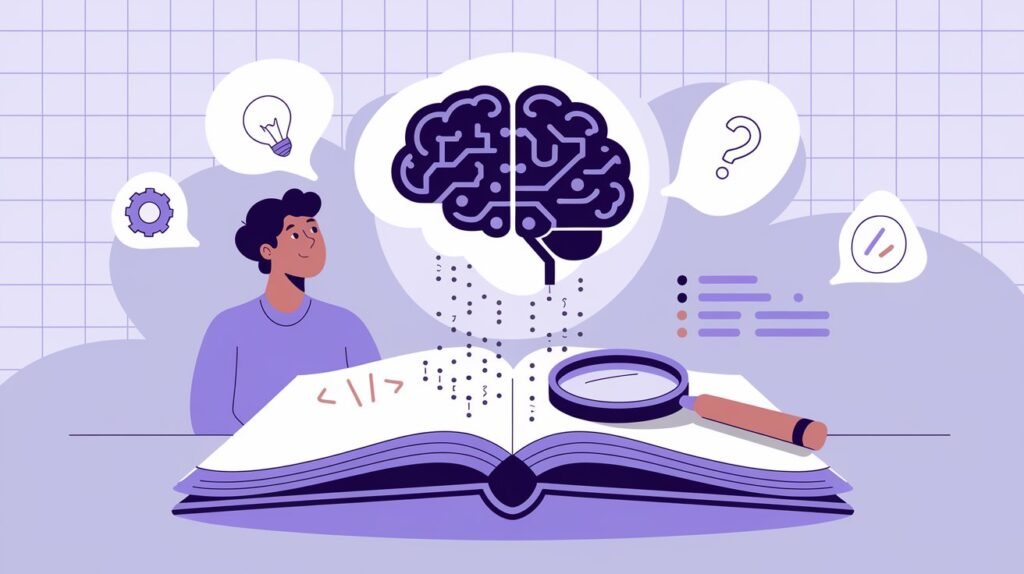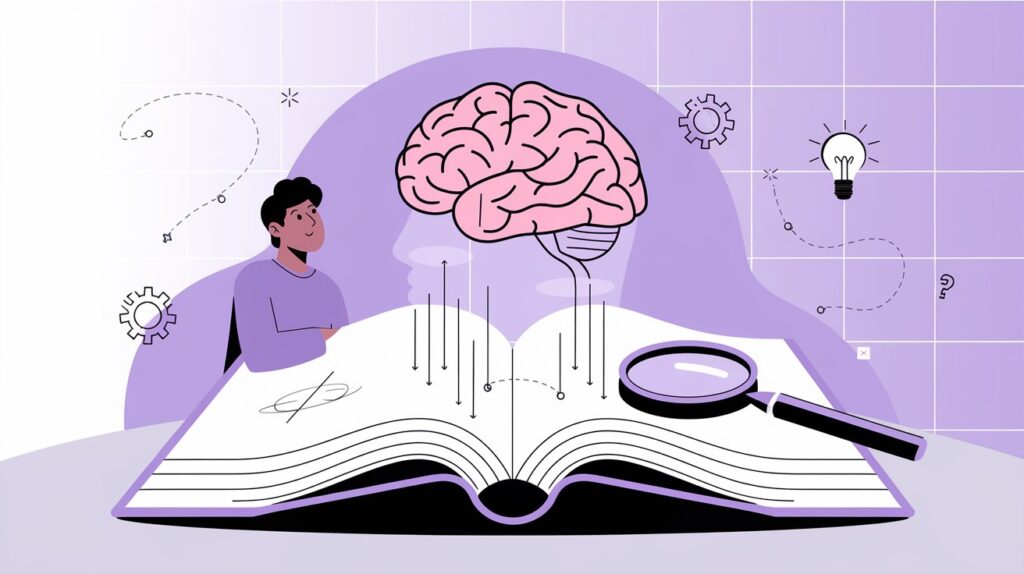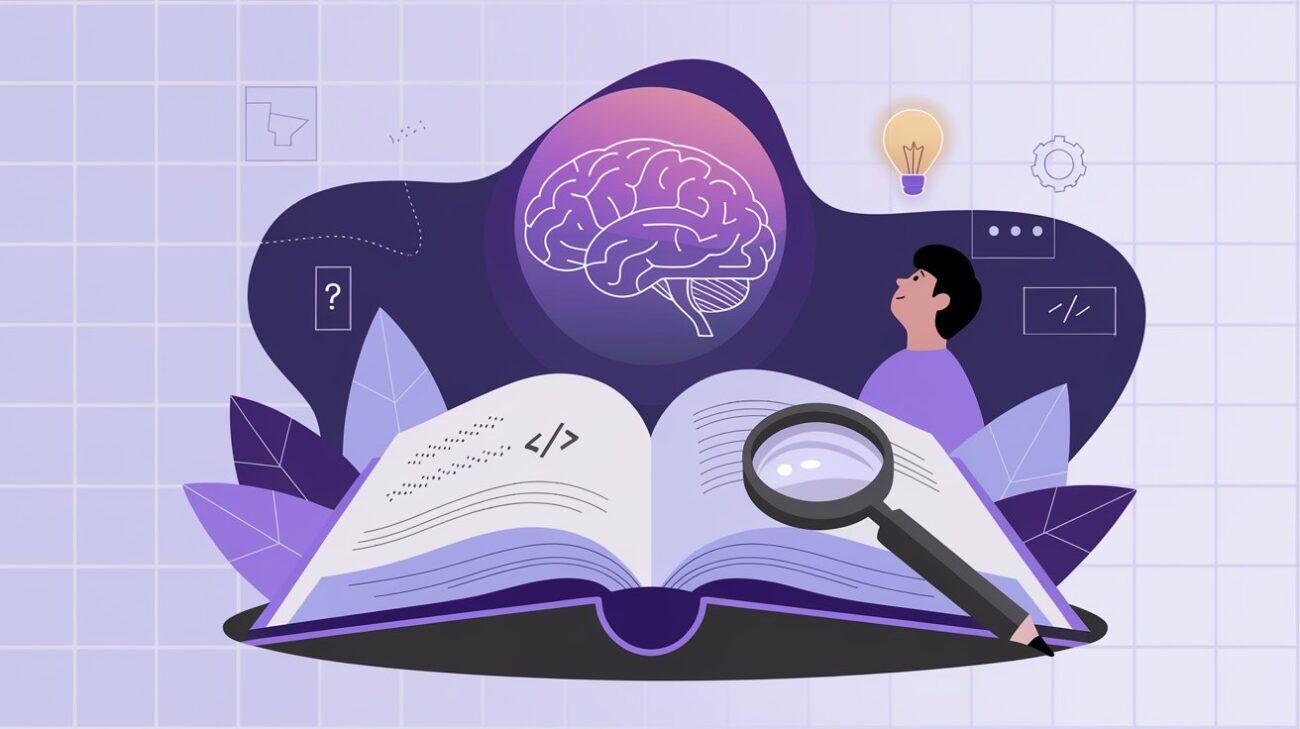Introduction: Welcome to the World of AI
If you’re new to artificial intelligence, you might feel a bit overwhelmed. Don’t worry—we’re with you. AI is everywhere these days, from your phone’s voice assistant to Netflix recommendations. For example, I once thought AI was just sci-fi magic until I learned it’s really about teaching machines to think a little like us. This guide is for beginners like you who want to understand AI basics without getting lost in tech jargon. By the end, you’ll know what AI is, how it works, and why it matters. So, let’s dive in and explore this exciting world together!
What Are the Basics of AI?
Artificial intelligence, or AI, sounds complex, but it’s simpler than you think. Essentially, AI is when computers are designed to mimic human actions like learning or problem-solving. For instance, when you talk to Siri, it listens and responds because it’s programmed to understand speech. According to a 2023 study by MIT, AI systems today can process data faster than ever, making them incredibly useful. However, it’s not magic—it’s built on rules and data. Understanding this foundation is key for beginners diving into AI basics.

Breaking Down the Definition
Start with this: AI is about creating smart machines. These machines use data—like words, numbers, or images—to make decisions. Think of it as teaching a child: you show them examples, and they learn. In addition, AI can improve over time, which is why it’s so powerful. A trainer I spoke to once said, “AI is like a gym newbie—it gets stronger with practice.” That’s a great way to see it!
Types of AI You Should Know
Next, let’s look at AI types. There’s narrow AI, like your spam email filter, which does one job well. Then, there’s general AI, which doesn’t exist yet but would act like a human brain. For example, narrow AI powers Google Maps, while general AI is still a sci-fi dream. Knowing these differences helps you grasp AI basics early on.
How Does AI Work in Simple Terms?
Ever wondered how AI actually functions? It’s not as mysterious as it seems. At its core, AI relies on data and instructions called algorithms. Because of this, it can spot patterns or predict outcomes. Take my experience: I once used an AI app to organize my photos, and it grouped them by faces in minutes. That’s AI at work—analyzing data quickly and accurately.
The Role of Machine Learning
Consider this: machine learning (ML) is a big part of AI basics. It’s how AI learns from examples instead of being told every step. A 2024 report from Stanford says ML powers 80% of modern AI tools. For instance, Netflix uses ML to suggest shows based on what you’ve watched. Try thinking of ML as a recipe—data is the ingredients, and the algorithm mixes them into something useful.
Data Is the Fuel
On the other hand, data is what keeps AI running. Without it, AI can’t learn or decide. Imagine teaching a dog tricks with no treats—it won’t work! Similarly, AI needs lots of data, like pictures or text, to get smarter. That’s why companies collect info—it’s the fuel for AI’s engine.

Why AI Matters for Beginners
You might ask, “Why should I care about AI basics?” The answer is simple: AI is changing our world, and understanding it gives you an edge. For example, knowing AI can help you use tools like ChatGPT better or even explore tech careers. Plus, it’s fun to learn something new! According to the American Council on Education (ACE), AI literacy is becoming a top skill by 2025.
AI in Everyday Life
Look around—AI is already in your life. Your smart thermostat adjusts the temperature, and spam filters keep your inbox clean. Because of this, AI saves time and effort. I once ignored my spam filter and drowned in junk emails—lesson learned! These examples show how AI basics touch us daily.
Future Possibilities
What’s next? AI could soon drive cars or help doctors spot diseases. However, it’s not taking over the world—don’t believe the movies! Instead, it’s a tool we control. A fitness analogy works here: AI is like a spotter at the gym—it helps, but you’re still in charge.

Getting Started with AI Basics
Ready to dip your toes into AI? You don’t need to be a coder to start. There are simple ways to explore AI basics today. We’re with you every step of the way, so don’t feel intimidated. Here’s how to begin safely and practically.
Play with Free AI Tools
Start with tools like Google Translate or Canva’s AI features. They’re easy and show AI in action. For instance, I tried an AI writing tool and was amazed at how it sparked ideas. These tools are beginner-friendly and free, so give them a go!
Learn the Safe Way
Safety matters too. Avoid sharing personal info with random AI apps—stick to trusted ones like those from Google or Microsoft. A 2023 tech journal warns about data privacy, so be smart. This keeps your AI journey fun and secure.
FAQ: Your AI Basics Questions Answered
- What is AI in simple terms?
AI is when computers act smart by learning from data, like recognizing your voice or suggesting songs. - Do I need tech skills to understand AI basics?
No! This guide proves you can learn AI with no coding—just curiosity. - Is AI dangerous?
Not really. It’s a tool we control, not a robot uprising. Stick to safe practices, and you’re good. - How can I use AI daily?
Try voice assistants, photo editors, or recommendation apps—they’re all AI-powered!
Conclusion: Your AI Journey Starts Here
Congratulations—you’ve just unlocked the basics of AI! We’ve covered what AI is, how it works, and why it’s worth knowing. Because of this, you’re ready to explore more. Don’t stop here—play with an AI tool or read a beginner’s book. We’re with you, and the possibilities are endless. AI isn’t just for experts; it’s for curious minds like yours. So, what’s your next step?
